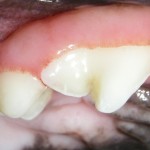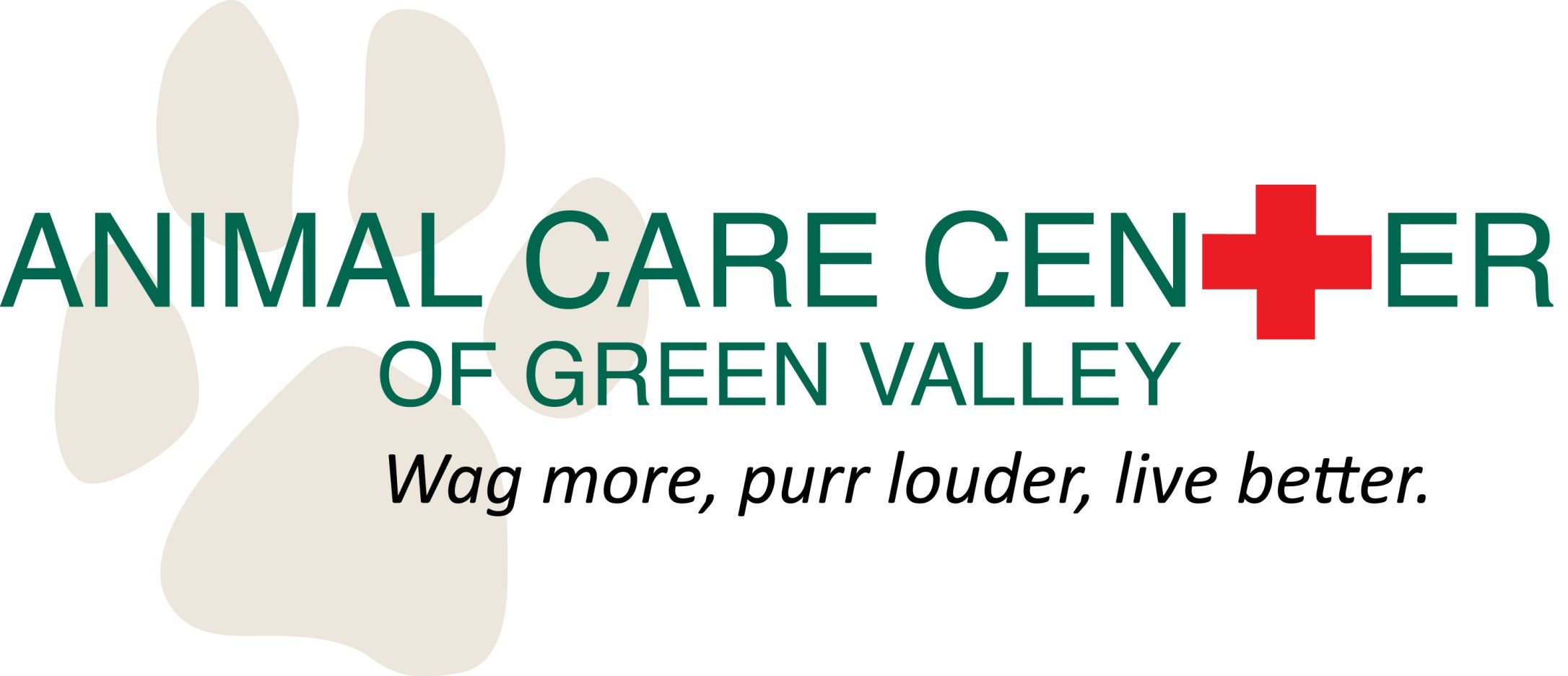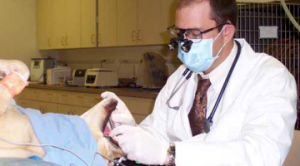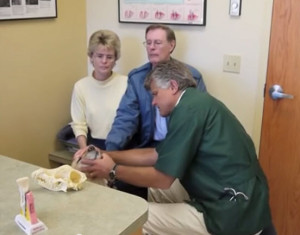As a pet owner, you have your pet’s best interest at heart and want to make the best choice for their care. When choosing your pet’s dental care, be sure to learn about a comprehensive veterinary dental cleaning, also known as a professional dental cleaning, and its long term benefits for your pet’s overall health.
What you can expect from a professional veterinary dental cleaning:
A veterinary dental cleaning always begins with an initial awake oral exam of your dog or cat’s mouth by a veterinarian or a veterinary dentist. This allows the veterinarian not only to get a general idea of your pet’s dental condition, but also offers you the opportunity to ask questions and to get good advice for home care that can benefit your pet.
Your pet has blood drawn for analysis to identify any potential problems that the doctor needs to be aware of and to determine if the pet is healthy enough to undergo anesthesia.
Your pet is anesthetized. This is what often worries most pet owners, however, under proper protocols anesthesia is very safe. We encourage pet owners to ask their veterinarian about their anesthesia protocol and experience prior to scheduling a procedure.
A veterinary dentist and some other veterinarians will also use a local anesthetic in your dog or cat’s mouth during procedures. This allows the veterinarian to use less general anesthetic thereby improving the safety of the anesthetic procedure and allowing your pet to recover more quickly and with less pain.
While under anesthesia, a comprehensive veterinary dental cleaning will include the following, without any pain or discomfort to your pet:
A complete oral exam and radiographs (x-rays) to identify any problems beneath the gum-line. (This is similar to the x-rays you might receive from your own dentist.) Common painful problems that could be identified with radiographs are broken teeth and roots, periodontal disease, dead teeth, abscesses or infected teeth.
A full cleaning under the gum-line where periodontal disease lurks. It would be impossible to clean this area on an awake dog or cat, but this is where periodontal disease begins with bacteria ‘living’ below the gum tissue.
If broken teeth or roots, dead teeth, abscesses or extensive infection are found it is likely that those diseased teeth will need to be extracted (surgically removed)..
Professional scaling and polishing of the crown, or visible part of your dog or cat’s teeth. A veterinary cleaning does require scaling or scraping the tooth to remove plaque and calculus. Scaling is completed to remove plaque and tartar build-up on the tooth crown. Last, the teeth are polished leaving a completely smooth surface of the tooth which discourages plaque and bacteria from adhering to the rough tooth surface.
After recovery, your dog or cat is most often able to go home and unless an additional procedure has been done, your pet can eat and return to normal. Your veterinarian should give you a full report of findings and any recommendations for home care in between cleanings.

Before veterinary dental cleaning. Notice the red, swollen gums as well as the build up of tartar and calculus on the tooth.

After cleaning. Notice the much better condition of the gums as well as the cleaner tooth.



